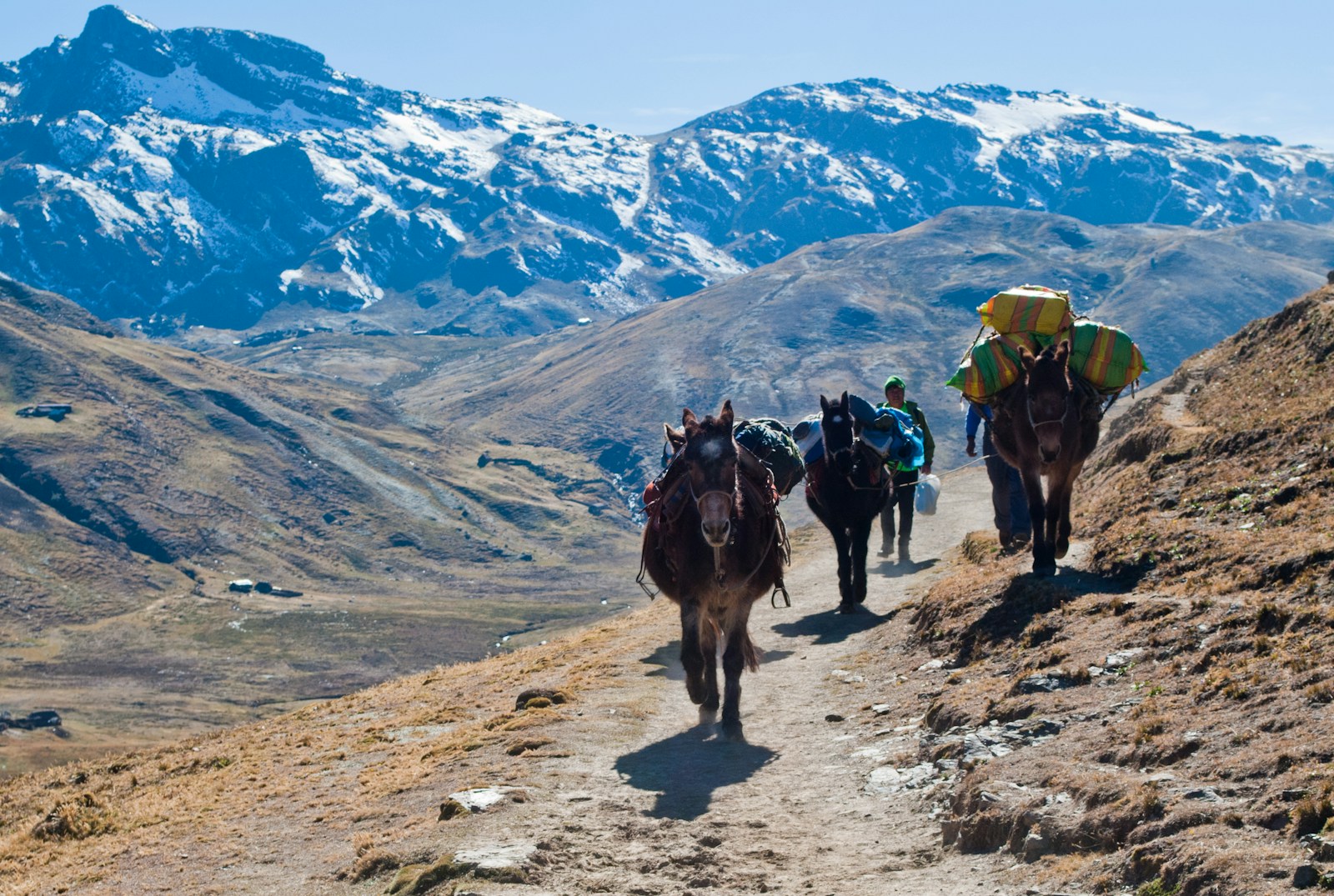Key Takeaways:
– Archaeologists from Peru, the U.S., and Canada analyze 1,000-year-old textiles from the Huacas de Moche site in Northern Peru.
– Despite external influences, local Moche culture seems to have survived through centuries.
– The study focuses on cultural artifacts, specifically textiles, to understand the preservation of cultural identity.
– Moche culture appears to have endured for longer than previously thought, including after assimilation into the Wari Empire.
– Unraveling cultural identity is complicated without written evidence.
A Recent Archaeological Discovery Showcases Cultural Continuity
An international team of archaeologists from Peru, the United States, and Canada has just completed an analysis of 1,000-year-old textiles found during excavations in the ancient and long-deserted Andean city of Huacas de Moche, Northern Peru. Their findings suggest that the local Moche people’s traditions managed to endure through significant societal, cultural, and political changes in the region during the mid-to-late first millennium.
Preserving Moche Textile Traditions
Published in a research article by Antiquity, the study’s authors highlight that despite the site’s residents experiencing numerous external cultural influences, including those from the highland Wari Empire, the continuity in textile traditions suggests that a sense of Moche identity was maintained even after the perceived end of the Moche culture.
Decoding Moche Culture Through Textiles
The Moche culture, second only to the Inca, is renowned for its expansive temple complexes, particularly the Huaca del Sol. This enormous adobe-brick pyramidal structure, built from over 130 million bricks laid in succession from the third to the fifth centuries AD, is the largest pre-Columbian structure of its kind discovered in the Americas.
The Changing Power Dynamics in the Central Andes
Around the end of the first millennium, the Moche were overpowered both culturally and militarily by the Wari culture from the southern highlands. This replacement led to the Moche civilization’s decline and eventual demise. Although Historians argue that the Moche culture had all but vanished by the mid-ninth century, the recent study of their textile-making practices suggests that the Moche culture may have survived beyond the generally accepted timeline.
Analyzing Moche Textiles
The researchers delved into approximately 20 textile samples recovered during Hucatas de Moche excavations. They found that many of the textiles date back to the early 10th century AD, suggesting that the Moche were not entirely assimilated into the Wari culture. The team discovered a continuity between older Moche textile samples and those dating back to the AD 900-1000 range, asserting that the Moche’s assimilation into the Wari Empire was not absolute.
“Our research indicates…some sense of Moche identity appears to have been maintained”, says study co-author Dr. Carlos Rengifo, an archaeologist from the National University of Trujillo in Peru.
An Ongoing Search for Historical Truth
While the research results are enlightening, they illuminate the challenges of inferring cultural identity without written evidence. As Dr. Quilter from Harvard University’s Peabody Museum puts it, “(identifying) how (the Moche) came to take on a new (cultural) identity” is fraught with difficulties. This recent study on Moche textiles, however, takes a meaningful step in the exploration of these ancient cultures.

